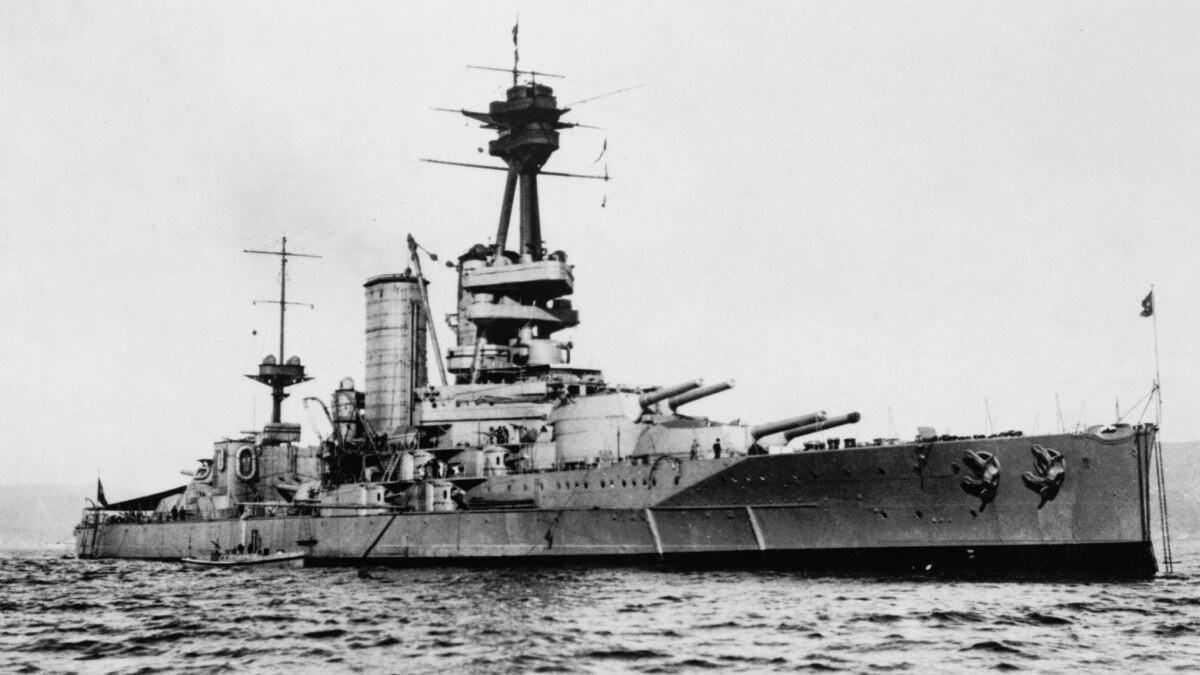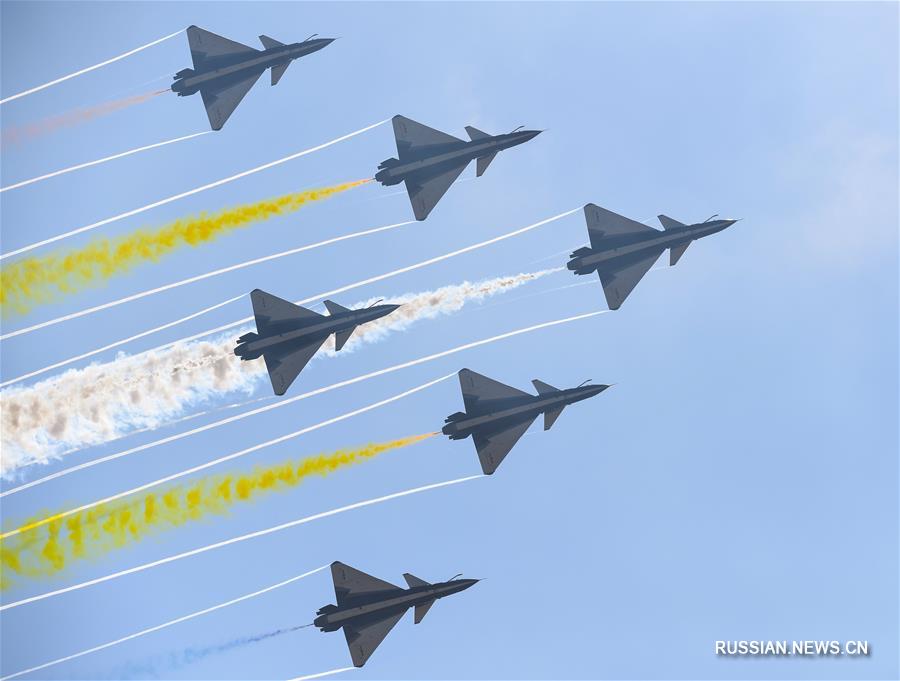
Why Chile's fleet?
One of the three British Type 23 Chilean frigates - Almirante Cochrane. Will they be joined by other ships of this series that are still in the service of the Royal Navy? Photo US Navy
By simplifying it somewhat, not without malice or jealousy, the Armada de Chile can be called a "second-hand" fleet. This term is not untrue, but its pejorative meaning completely does not reflect the importance of this type of armed forces for Chile, or the efforts of the country's authorities to build and maintain a relatively modern navy.
Located on the west coast of South America, Chile covers an area of 756 km950 and is inhabited by 2 people. It includes about 18 islands and islets located both near the continent and in the Pacific Ocean. Among them are: Easter Island - considered one of the most secluded places in the world and Sala y Gómez - the most eastern Polynesian island. The first is 380 km away and the second is 000 km off the coast of Chile. This country also owns the island of Robinson Crusoe, located only 3000 km from Chile, which owes its name to the hero of the novel by Daniel Defoe (its prototype was Alexander Selkirk, who stayed on the island in 3600). The sea border of this country is 3210 km long, and the land border of 600 km. Chile's latitudinal extent is over 1704 km, and the meridian at its widest point is 6435 km (in the mainland).
The country's location, the shape of its borders and the need to exercise effective control over distant islands pose serious challenges to its armed forces, especially the navy. It is enough to mention that Chile's exclusive economic zone currently covers more than 3,6 million km2. A much larger, approximately 26 million km2, SAR zone is allocated to Chile under international agreements. And in the long run, the level of difficulty and complexity of the tasks facing Chile's naval forces may only increase. All thanks to Chilean claims to part of Antarctica, including adjacent islands, with an area of over 1,25 million km2. This territory functions in the minds of the inhabitants of the country as the Chilean Antarctic Territory (Territorio Chileno Antártico). An international agreement in the form of the Antarctic Treaty, as well as claims made by Argentina and Great Britain, stand in the way of Chilean plans. It can also be added that 95% of Chilean exports leave the country on board ships.
Some numbers ...
The Chilean Armed Forces are considered to be one of the best trained and equipped armies in South America. They total 81 soldiers, of which 000 per navy. Chile has compulsory military service, which lasts 25 months for aviation and land forces and 000 months for the navy. The budget of the Chilean army is around $ 12 million. Part of the funds for financing the army comes from the profits generated by the state-owned company Codelco, which is a world leader in the production and export of copper. In accordance with Chilean law, an amount equal to 22% of the company's export value is allocated annually for defense purposes. Unused funds are invested in a strategic fund, already worth around US $ 5135 billion.
… And a bit of history
The origins of the Armada de Chile date back to 1817 and the wars fought for the country's independence. After winning it, Chile began its territorial expansion, during which the naval forces played a rather important role. From the point of view of military history, the most interesting events took place during the Pacific War, also known as the Nitrate War, fought in 1879-1884 between Chile and the combined forces of Peru and Bolivia. The Huáscar museum ship comes from this period. At the beginning of the war, this monitor served under the Peruvian flag and, despite the significant advantage of the Chilean Navy, was very successful. Ultimately, however, the vessel was captured by Chile and today serves as a monument commemorating the history of the fleets of both countries.
In 1879, Chilean forces conducted a landing operation culminating in the capture of the port and the city of Pisagua. It is now considered to be the beginning of the modern era of amphibious operations. Two years later, another landing was carried out, with the use of flat-bottomed barges to facilitate the transport of troops to the shore. Giving a new dimension to amphibious operations is a direct contribution of the Armada de Chile to the development of naval warfare. An indirect contribution is the work of Alfred Thayer Mhan "The Influence of Sea Power Upon History". This book had a major impact on world opinion, contributing to the arms race at sea that ended in World War I. The theses contained in it were born during the observation of the course of the nitrate war and were reportedly formulated in the gentlemen's club in the capital of Peru - Lima. The Chilean navy also probably holds the record for the use of naval forces at the highest altitude. During the war, in 1883, she transported the Colo Colo torpedo boat (14,64 m long) to Lake Titicaca, located 3812 m above sea level, and used it there to patrol and take control of the lake.
Currently, the Armada de Chile operation zone is divided into 5 regions, in which individual commands are responsible for carrying out operations. The main base of the naval forces (Escuadra Nacional) for tasks in the oceanic zone is located in Valparaíso, and the underwater force (Fuerza de Submarinos) in Talcahuano. In addition to the maritime unions, the navy also includes the air force (Aviación Naval) and the Marine Corps (Cuerpo de Infantería de Marina).
